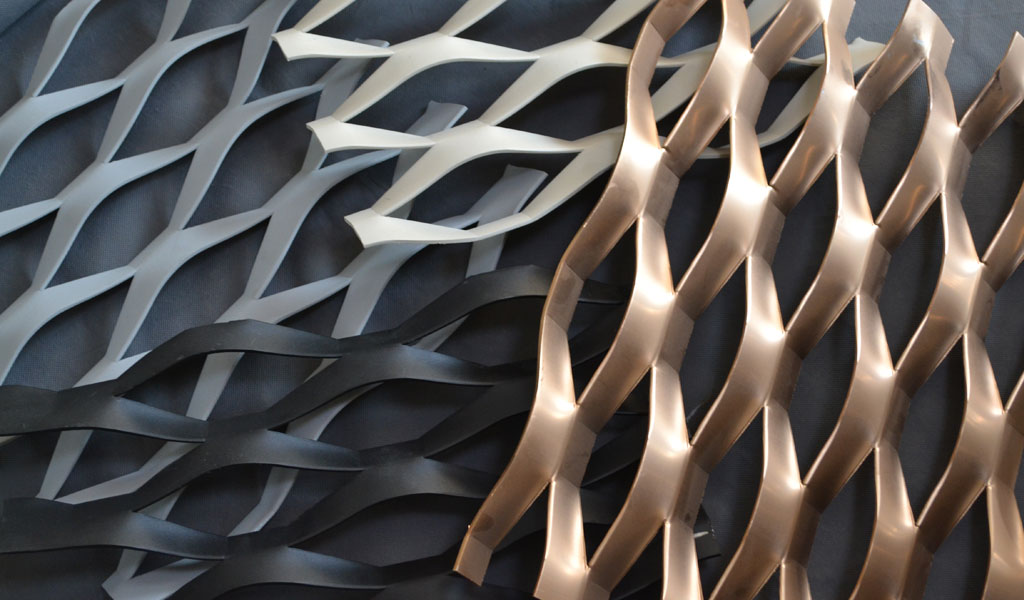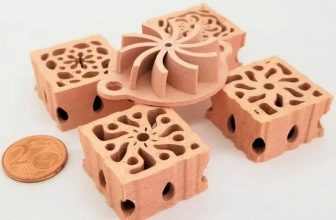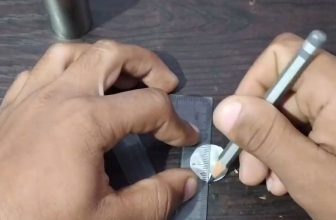
Anodizing and painting are two distinct processes used to protect and enhance the appearance of metal surfaces. Both methods serve to prevent corrosion, improve durability, and offer aesthetic improvements. However, they differ significantly in their mechanisms, applications, advantages, and limitations. This article delves into the intricate details of anodizing and painting, providing a comprehensive comparison to elucidate their differences and respective benefits.
Historical Background
Anodizing
The process of anodizing can trace its roots back to the early 20th century. Anodizing was first developed to protect seaplane parts from corrosion. This early use demonstrated the efficacy of anodizing in creating a durable, corrosion-resistant surface. Over the years, the process has evolved significantly, with advancements in electrolytes, methods, and applications, making it a crucial process in various industries, including aerospace, automotive, and electronics.
Painting
Painting as a protective and decorative measure dates back thousands of years. The ancient Egyptians, Greeks, and Romans used natural pigments to paint their artifacts and structures. With the advent of synthetic pigments and binders during the Industrial Revolution, painting technology saw significant advancements. Today, painting encompasses a wide array of methods and materials, making it a versatile option for various applications, from household items to industrial machinery.
The Anodizing Process
Anodizing is an electrochemical process that converts the metal surface into a durable, corrosion-resistant oxide layer. The process involves several steps:
- Cleaning: The metal, typically aluminum, is cleaned to remove any surface contaminants that could interfere with the anodizing process.
- Pretreatment: The surface may be treated mechanically or chemically to enhance the finish and uniformity of the oxide layer.
- Anodizing: The metal is immersed in an electrolyte bath, typically sulfuric acid, and an electric current is passed through the solution. This causes the metal surface to oxidize, forming a porous layer of aluminum oxide.
- Coloring (Optional): The porous oxide layer can be dyed to impart different colors. The dye penetrates the pores and is sealed to ensure color fastness.
- Sealing: The pores of the oxide layer are sealed, usually in boiling water or a nickel acetate solution, to enhance corrosion resistance and durability.
Types of Anodizing
- Type I (Chromic Acid Anodizing): Uses chromic acid as the electrolyte. It produces a thin, non-conductive oxide layer that offers excellent corrosion resistance and is suitable for applications requiring minimal dimensional change.
- Type II (Sulfuric Acid Anodizing): The most common type, it uses sulfuric acid as the electrolyte. It produces a thicker oxide layer, suitable for both decorative and protective purposes.
- Type III (Hard Anodizing): Uses sulfuric acid at lower temperatures and higher current densities. It produces a very thick, hard, and wear-resistant oxide layer, suitable for heavy-duty applications.
Advantages of Anodizing
- Durability: Anodized surfaces are highly resistant to wear and abrasion.
- Corrosion Resistance: The oxide layer protects the underlying metal from corrosion.
- Aesthetics: Anodizing allows for a wide range of colors and finishes.
- Environmentally Friendly: Anodizing is a relatively clean process with minimal environmental impact.
Limitations of Anodizing
- Limited to Certain Metals: Primarily used for aluminum and its alloys, though titanium and magnesium can also be anodized.
- Cost: The process can be more expensive compared to painting, especially for small batches.
- Color Consistency: Achieving consistent color across different batches can be challenging.
The Painting Process
Painting involves the application of a liquid or powder coating to a surface, which is then cured to form a solid film. The process typically includes the following steps:
- Surface Preparation: The surface is cleaned and, if necessary, sanded to remove any contaminants and create a smooth, uniform base.
- Priming: A primer may be applied to improve adhesion and provide additional corrosion protection.
- Painting: The paint is applied using various methods, including brushing, rolling, spraying, or dipping. Multiple coats may be applied to achieve the desired thickness and finish.
- Curing: The paint is allowed to dry or cure, which can involve air drying, baking, or UV curing, depending on the type of paint used.
Types of Paint
- Water-Based Paints: Environmentally friendly and easy to clean up, they are widely used for interior and exterior applications.
- Oil-Based Paints: Known for their durability and glossy finish, they are commonly used for surfaces that require a hard, durable finish.
- Powder Coatings: Applied as a dry powder and then cured under heat, they provide a tough, durable finish and are used for a wide range of industrial and consumer products.
Advantages of Painting
- Versatility: Can be applied to virtually any surface, including metal, wood, plastic, and more.
- Wide Range of Colors and Finishes: Offers an extensive palette and various finishes, from matte to high gloss.
- Cost-Effective: Generally more affordable than anodizing, especially for large surfaces and non-metal substrates.
- Ease of Application: Can be applied using various methods, making it accessible for DIY projects and professional applications.
Limitations of Painting
- Durability: Painted surfaces are prone to chipping, scratching, and wear over time.
- Maintenance: Requires regular maintenance and touch-ups to maintain appearance and protection.
- Environmental Concerns: Solvents and VOCs (volatile organic compounds) in paints can have environmental and health impacts.
- Preparation and Application Time: Proper surface preparation and multiple coats can make the process time-consuming.
Comparative Analysis
Application and Suitability
- Anodizing is primarily used for aluminum and its alloys, making it ideal for industries where aluminum is a predominant material, such as aerospace, automotive, and electronics. Its application is limited to specific metals, and the process is more suited for high-value or high-wear items.
- Painting, on the other hand, is versatile and can be applied to almost any surface, including metal, wood, plastic, and more. This makes it suitable for a wide range of industries, including construction, automotive, consumer goods, and art.
Durability and Protection
- Anodized surfaces offer superior wear and abrasion resistance compared to painted surfaces. The hard oxide layer formed during anodizing is integral to the metal, providing long-lasting protection against environmental factors and physical damage.
- Painted surfaces provide good protection but are more susceptible to chipping, scratching, and wear over time. Regular maintenance is required to keep the protective layer intact.
Aesthetic Considerations
- Anodizing allows for a range of colors and finishes, but achieving consistent colors can be challenging. The aesthetic appeal of anodized surfaces is often described as having a metallic sheen that enhances the natural appearance of aluminum.
- Painting offers an extensive palette of colors and finishes, from matte to high gloss. It allows for more flexibility in design and customization, making it a preferred choice for decorative applications.
Environmental Impact
- Anodizing is generally considered environmentally friendly, as it does not produce VOCs and generates minimal waste. The chemicals used in the process are often recycled and reused, reducing environmental impact.
- Painting can have significant environmental and health impacts due to the use of solvents and VOCs. However, advancements in paint technology, such as water-based and low-VOC paints, have mitigated some of these concerns.
Cost and Economic Considerations
- Anodizing is typically more expensive than painting, especially for small batches or items requiring complex anodizing processes. However, the long-term durability and reduced maintenance costs can offset the initial investment.
- Painting is generally more cost-effective, particularly for large surfaces and items that do not require the enhanced durability of anodizing. The lower initial cost makes it accessible for a wide range of applications.
Conclusion
Anodizing and painting are both valuable processes for protecting and enhancing metal surfaces. Each has its unique advantages and limitations, making them suitable for different applications and industries. Anodizing offers superior durability and corrosion resistance, making it ideal for high-wear and high-value items, particularly in industries where aluminum is prevalent. Painting, with its versatility, wide range of colors and finishes, and cost-effectiveness, remains a popular choice for a broad spectrum of applications, from industrial to decorative.
The choice between anodizing and painting ultimately depends on the specific requirements of the application, including material, desired finish, durability, environmental considerations, and budget. By understanding the differences and benefits of each process, manufacturers and consumers can make informed decisions to achieve the best results for their needs.





